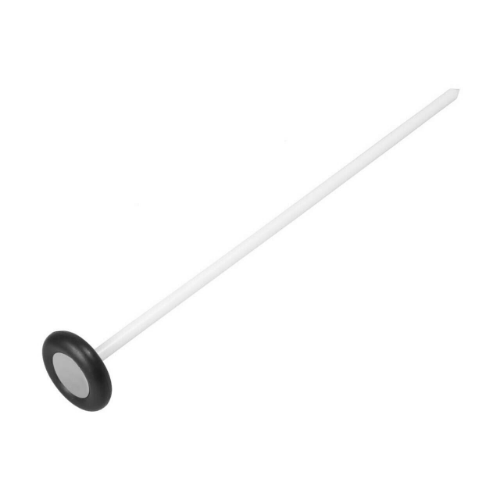Percussion devices were initially created in the 18th century to assess abnormalities of gas and fluids in the thoracic and abdominal regions. The principle originated from a winery when an Austrian physician, Leopold Auenbrugger would commonly tap wine casks to determine volume based on the sound that it created. The principle later found its way to the neurological assessment as we now know as the tendon reflex.
Prior to the creation of the tendon hammer, physicians performed tendon reflex assessments by using their hand, stethoscope edge, or a paper-weight, but these produced results that couldn’t be compared between patients and clinicians. It was not until the mid-1800s when various physicians started to invent and create their own reflex hammers specifically to assess the tendon reflex.
The first official reflex hammer was created in 1888 by an American neurologist, John Madison Taylor. Since then many more modifications were made to the tendon hammer to address various issues such as weight distribution and shape. The tendon hammer has now become an integral part of a health professional practice and is commonly used all around the world.
Many have also incorporated other features as part of the design, such as a sharpened end to test for the Babinski reflex. One design that has stood the test of time is the Vernon or Wintle hammer which is commonly features a plain plastic handle with a round metal head, lined with a rubber ring.
Description provided by Andrian Sutanto of Australia

